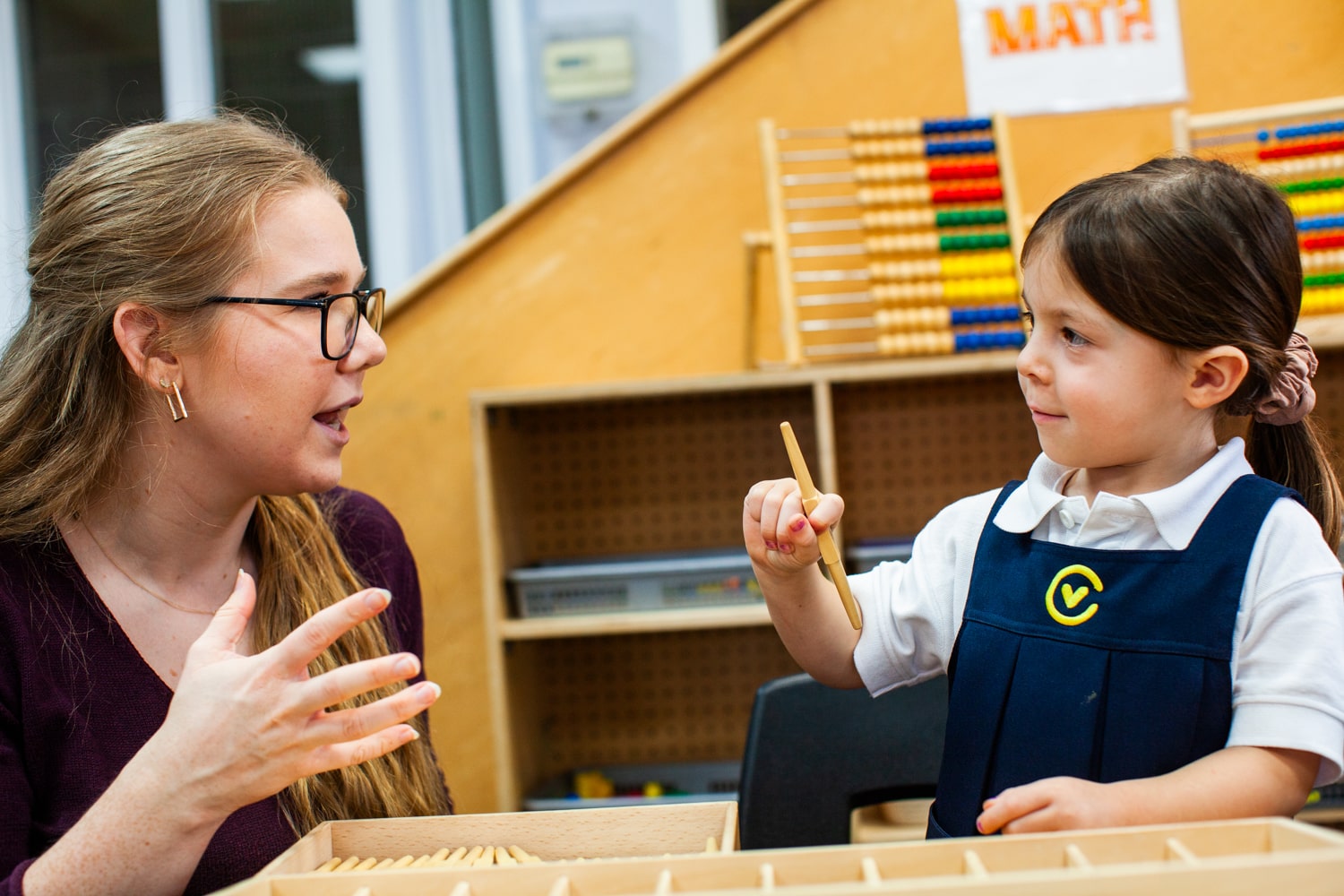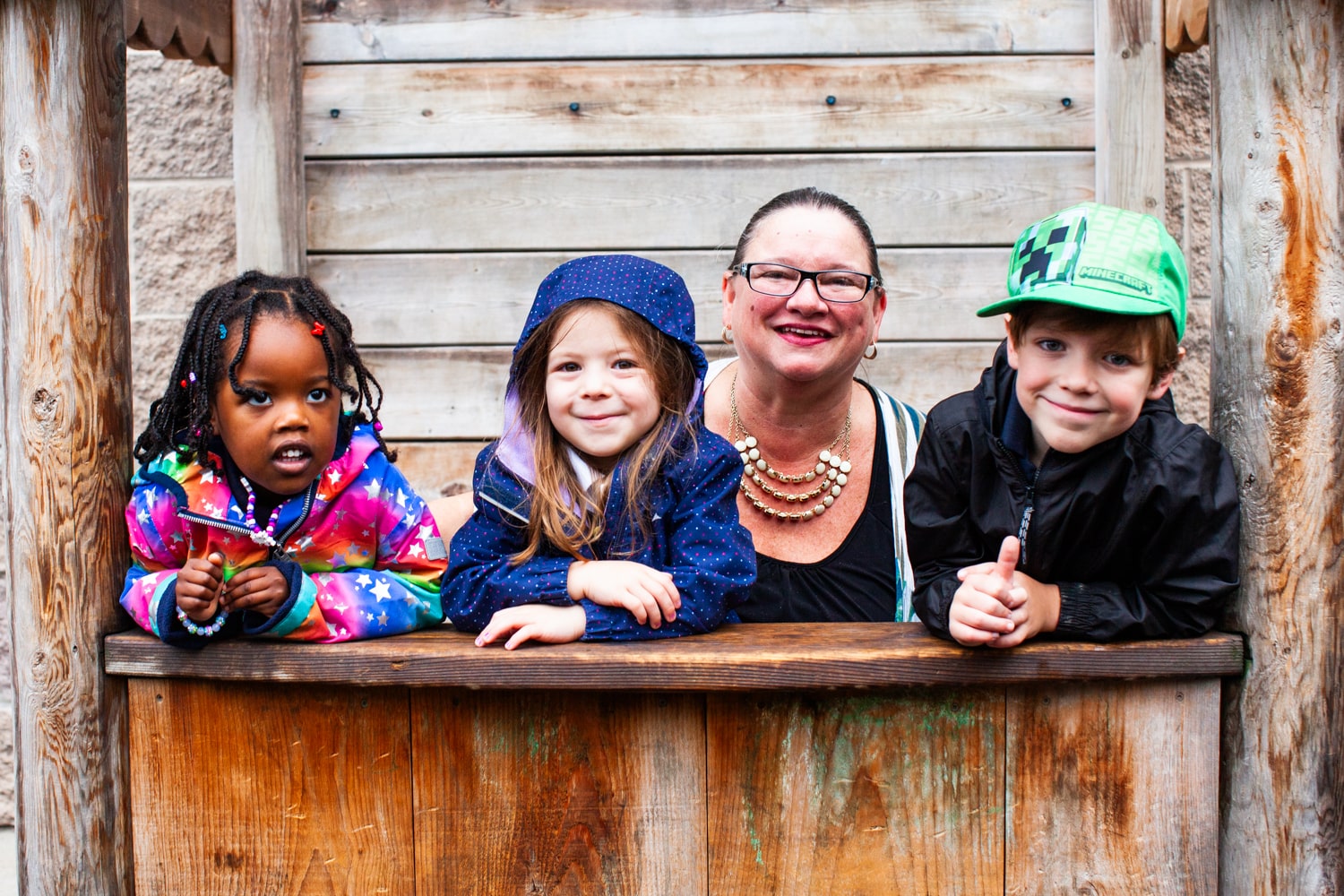It has been shown that mindfulness for children can improve emotional regulation and cognitive focus. There is an emerging body of research that indicates that mindfulness for children can help improve their abilities to focus, calm down and be better decision makers. Current research on mindfulness practices for children has shown that it can mitigate the effects of bullying, enhance concentration in children with ADHD, improve mental health and increase social skills.
Continue reading to discover more about mindfulness for children and how you can implement this in your child’s life.
No Expectations
Teaching mindfulness to children requires you to let go of expectations. If you are expecting mindfulness to eliminate tantrums, make your house quiet and create a calm child you are probably going to be disappointed. While often times mindfulness can help these things, it’s not really the point! Teaching mindfulness practices to children develops their awareness of themselves and the things around them. They can begin to create tools to recognize emotions and assists with impulse control. It will unlikely eliminate normal child behaviour including tantrums or loudness but will prevent these from happening as frequently. Most importantly, don’t force it on them. If your children really are not interested then you should either try again at another time. It is also imperative that you do not make mindfulness a punishment.
Establish an Attitude of Gratitude
One of the core components of mindfulness is having an attitude of gratitude. Mindfulness can help teach children to appreciate all of the wonderful things they already have rather than focusing on the things they want. Sharing your favourite things that have happened that day before dinner times or bedtimes helps make this an activity for all the family.
Create a Mindful Bedtime Routine
Bedtime is an excellent time to introduce mindfulness for children. Introduce a body-scan meditation before bed. When they are ready to go to bed, have them lie down on facing up and close their eyes. Then, ask them to squeeze every single muscle in their body as tight as they can. Then tell them to relax after a few seconds. You can start from their toes and work all the way up to their face. This easy relaxation exercise can help children increase body awareness and become more present in the moment.
Practice with a Breathing Buddy
For young children, an instruction to pay attention to their breathing can be hard to comprehend. Using a breathing buddy can help visualize the exercise. Ask your child to grab their favourite stuffed animal and lie down facing up, with their buddy on their belly. Then show them that if they breathe in and out the buddy rises and falls. This helps with breathing awareness.
Go on a Mindful Walk
The Safari exercise is a fun way to help kids learn mindfulness. This game can turn your average walk outside into a new adventure. Inspire their imagination by telling them that you’ll be going on a safari. The goal is to notice as many critters as they can. This can involve turning over rocks to find bugs, listening carefully for birds or exploring in the grasses. This activity involves multiple senses and makes an ordinary walk, into something much more fun!
The Spiderman Meditation
If your child is into all things superheroes, they will love this activity! Encourage your child to activate their “Spidey-senses” and focus on their senses at the present moment. This includes what they can smell, taste, feel, hear and see. This is how Spiderman keeps on top of everything going on. This activity is a classic mindfulness exercise with a twist. It opens up their awareness to the information that senses bring in but in a way that they can understand.
Teaching Mindfulness for Children using The Mindful Jar
This exercise is an excellent visual way to teach children about emotions. You’ll need a clear mason jar filled almost all the way with water. Next, add glitter and put the lid back on! Shake it to make the glitter swirl around. You can then show how the glitter swirling around is like when you’re mad or upset! It’s really hard to see clearly and even we adults make silly decisions when you can’t see clearly. Placing the jar on the table and let the glitter settle. Explain that this is like when we are calm for a little while, our thoughts settle and you can start to see much clearer!
Childventures combines elements of three complementary teaching models: Montessori, High Scope®, Core Knowledge® and Baby Signs. By using these proven methods together, we create a unique, well-balanced educational program that facilitates early learning and brain development. Click here to learn more.


